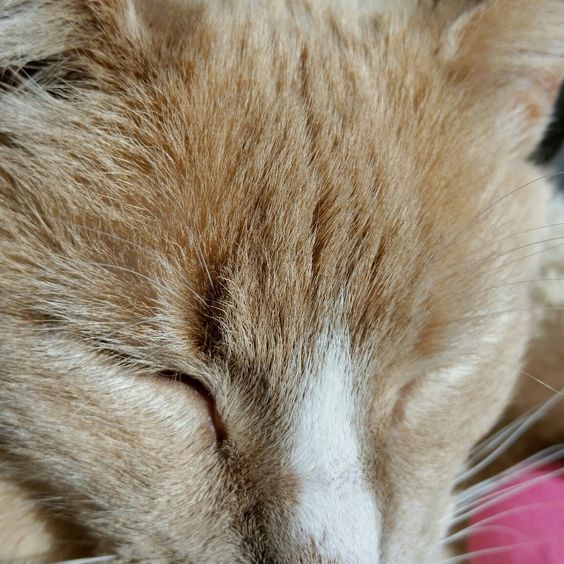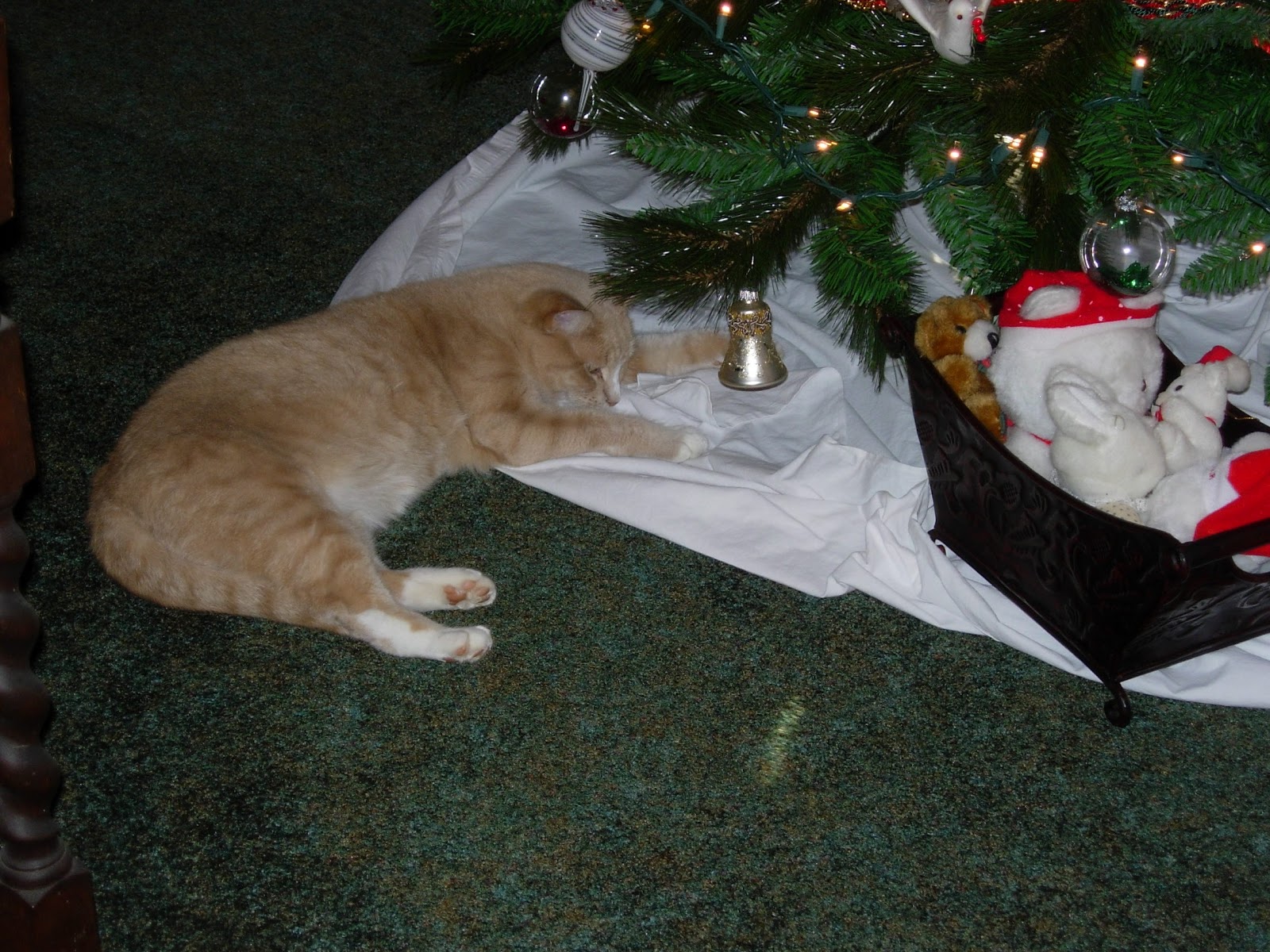Have you noticed how cat selfies are taking over social media? Most bloggers know that if we want more people reading our blogs, we throw in cat photos or videos. So, in a blatant attempt to engage a host of readers in this blog post, I’m leading off with a close-up of my kitty, Smokin’ Mocha Java. Gotta admit, I’m prejudiced, but then again, I’m her human.
Mocha is here for a reason. It’s to introduce a mundane, nerdy post about one of the things writers HATE to do. It might be the most hated task in writing and producing a book. That final read-through, when you’re as sick of the manuscript as you can be, when you couldn’t see a grammo or typo if it scratched you on the hand, when you know that every word is perfect–until you get the galleys back from the publisher. Every error screams, “What were you thinking? Are you nuts? You think this is ready for the public? Sheesh!”
That’s right, final edits and proofreading are the bugaboos of most writers, me included. I call this “close-up reading.” Let me share my routine, if you will. If you are bored, I’m down with that. Thanks for stopping by. Catch you later.
What, you’re still here? You want to share my pain? Terrific. Here’s what I do for the last polishing of the manuscript before it goes to print.
- I read the manuscript through from beginning to end with no pen in hand. This let’s me escape into the story and characters. It also allows me to ignore said typos and grammos.
- Next, I read every word, every sentence, to see if it belongs, to see if it advances the plot, to see if it develops the character. I look for words I overuse, like like, just, very, anything ending with ly. All get the knife.
- I listen to the dreadful computer voice read the book to me. Windows Narrator lets you choose a lot of options, but it still. sounds. like. a. robot. Mr. Robot also points all missing your brain know are there. Oh, wait, that should read “all missing words your brain knows are there.”
- I read from the last page to the first, from the last sentence on the bottom of the page to the top of the page, and right to left. Are you still with me? I cut a mask that exposes a single line of text, which forces me to look at every word OUT OF CONTEXT. By looking at each word in its own right, I produce the best copy I can.
Even with all this, typos slip in. I think they sneak into the manuscript between sending it to my publisher and my publisher sending it to the printer. No amount of pest control strips or sprays prevents at least on typo from living through to the printed page. No matter how closely writers edit, there’s always something that gets through the close-up review. It’s so mortifying.
Mocha wants the last word: “I’m ready for my close-up, Mr. DeMille.”
###




0 Comments